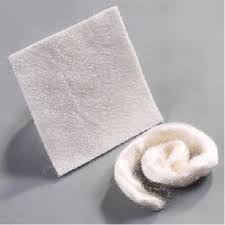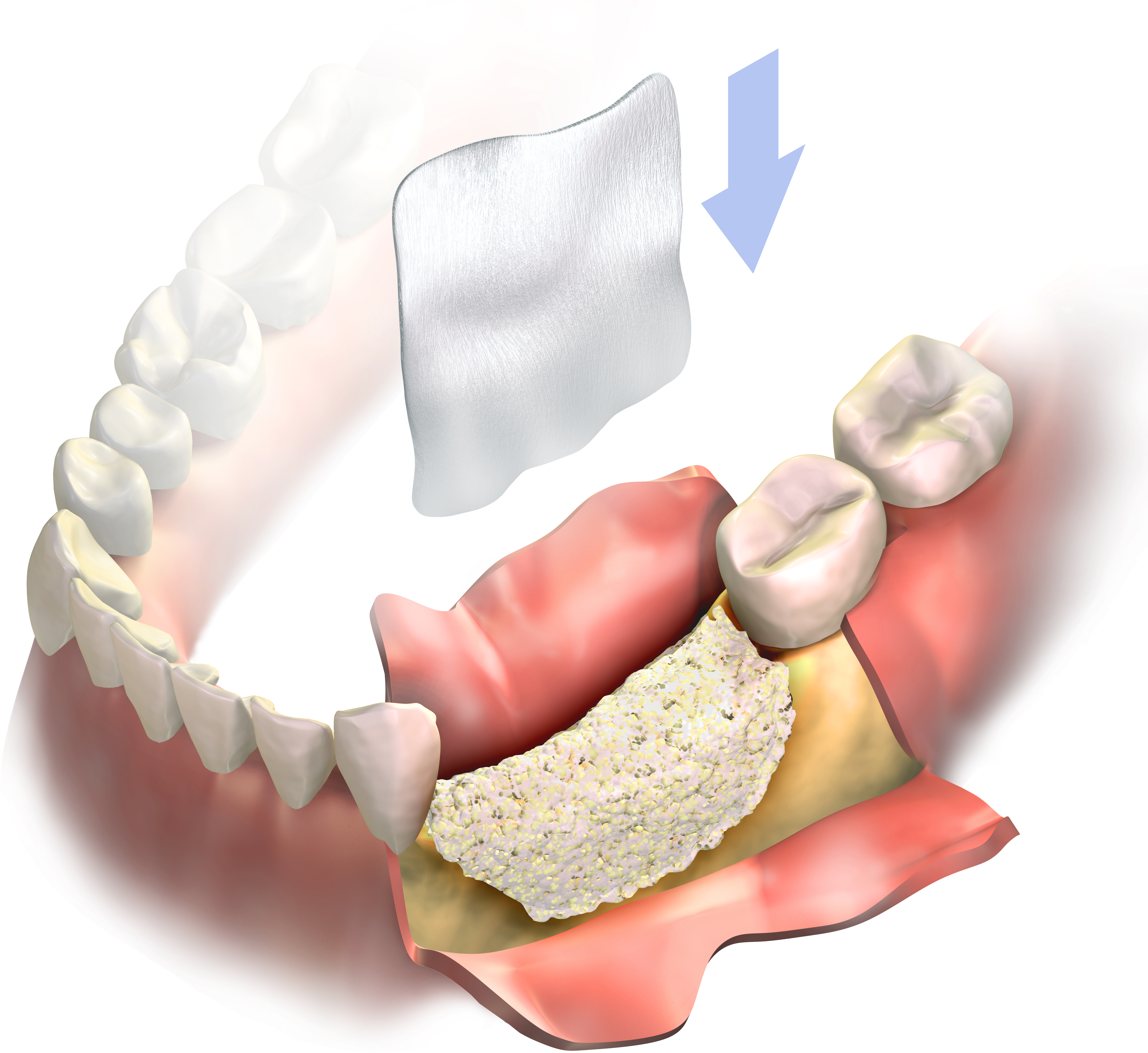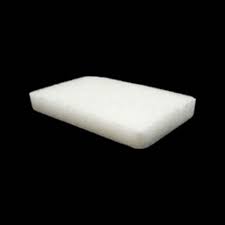Collagen Hemostat is an active absorbable collagen hemostat, proven to accelerate clot formation. Effectively enhances platelet aggregation and the release of proteins to form fibrin, resulting in hemostasis.
Features and Benefits:
- controlling bleeding in all surgical applications, including neurosurgery
- Trusted by surgeons for its safety and efficacy for over 40 years
- Effective in controlling arterial bleeding Conforms and adheres to irregular spaces
- Cut to any shape or size
- sponge should not be used in the
- closure of skin incisions as they may interfere with the healing of the skin edges. This is due to simple mechanical interposition of dry collagen and not to any intrinsic interference with wound healing.
- The most serious adverse reaction reported which may be related to the use collagen products are potentiation of infection including abscess formation, hematoma, wound dehiscence and mediastinitis.
- Other reported adverse reactions possibly related are adhesion formation, allergic reaction, fand increased incidence of alveolalgia when used for packing of dental extraction sockets.
- Ideal for flat surfaces or to wrap vessels and anastomosis sites
- Easy removal with irrigation and suction
other applications
Collagen Membrane Application in Burn Wound Management: A Comprehensive Approach
WITH attelo lining
Burn wounds can result in devastating tissue damage and impaired healing. Traditional burn wound treatments often face limitations in addressing the multifaceted requirements of burn wound healing. Collagen membranes offer a novel approach that addresses both the physiological and regenerative aspects of burn wound management.
Mechanisms of Action:
Collagen membranes offer several mechanisms that contribute to their efficacy in burn wound treatment:
Wound Moisture Management: Collagen membranes maintain an optimal moisture environment, promoting the migration of epidermal cells and facilitating wound healing.
Barrier Function: The membrane acts as a barrier against external contaminants, reducing the risk of infection and promoting a sterile environment.
Promotion of Granulation Tissue Formation: Collagen’s bioactive properties stimulate the formation of granulation tissue, vital for wound healing.
Reduction of Scar Formation: Collagen’s ability to guide tissue growth and mimic the extracellular matrix can lead to reduced scar formation and improved cosmetic outcomes.
Clinical Applications:
Collagen membranes are applied at different stages of burn wound management:
Early Intervention: Collagen membranes can be applied immediately after burn injury to provide a protective barrier and support the initial stages of wound healing.
Partial-thickness Burns: Collagen membranes aid in re-epithelialization of partial-thickness burn wounds by promoting keratinocyte migration and proliferation.
Full-thickness Burns: In full-thickness burns, collagen membranes assist in granulation tissue formation, promoting wound closure and minimizing the need for extensive grafting.
Combination Therapies: Collagen membranes can be combined with growth factors, antimicrobial agents, or stem cells to enhance burn wound healing.
Clinical Protocol:
The application of collagen membranes in burn wound management typically follows these steps:
Wound Preparation: The burn wound is cleaned and debrided as needed to remove necrotic tissue.
Collagen Membrane Application: The collagen membrane is cut to fit the wound size and applied directly onto the wound bed.
Securing the Membrane: The membrane is secured in place using sutures, adhesive agents, or dressings.
Dressing Changes: Dressings are changed according to the wound condition, and the collagen membrane remains in place until it is fully integrated into the wound tissue.
Benefits and Considerations:
The use of collagen membranes in burn wound management offers several advantages:
Enhanced Healing: Collagen membranes promote a favorable wound environment, supporting faster healing and reduced scarring.
Reduced Pain and Discomfort: The protective barrier of the membrane minimizes pain and discomfort during dressing changes.
Simplicity of Application: Collagen membrane application is relatively straightforward and can be performed in various clinical settings.
However, considerations include individual patient factors, potential allergic reactions, and the need for proper wound assessment and management.








